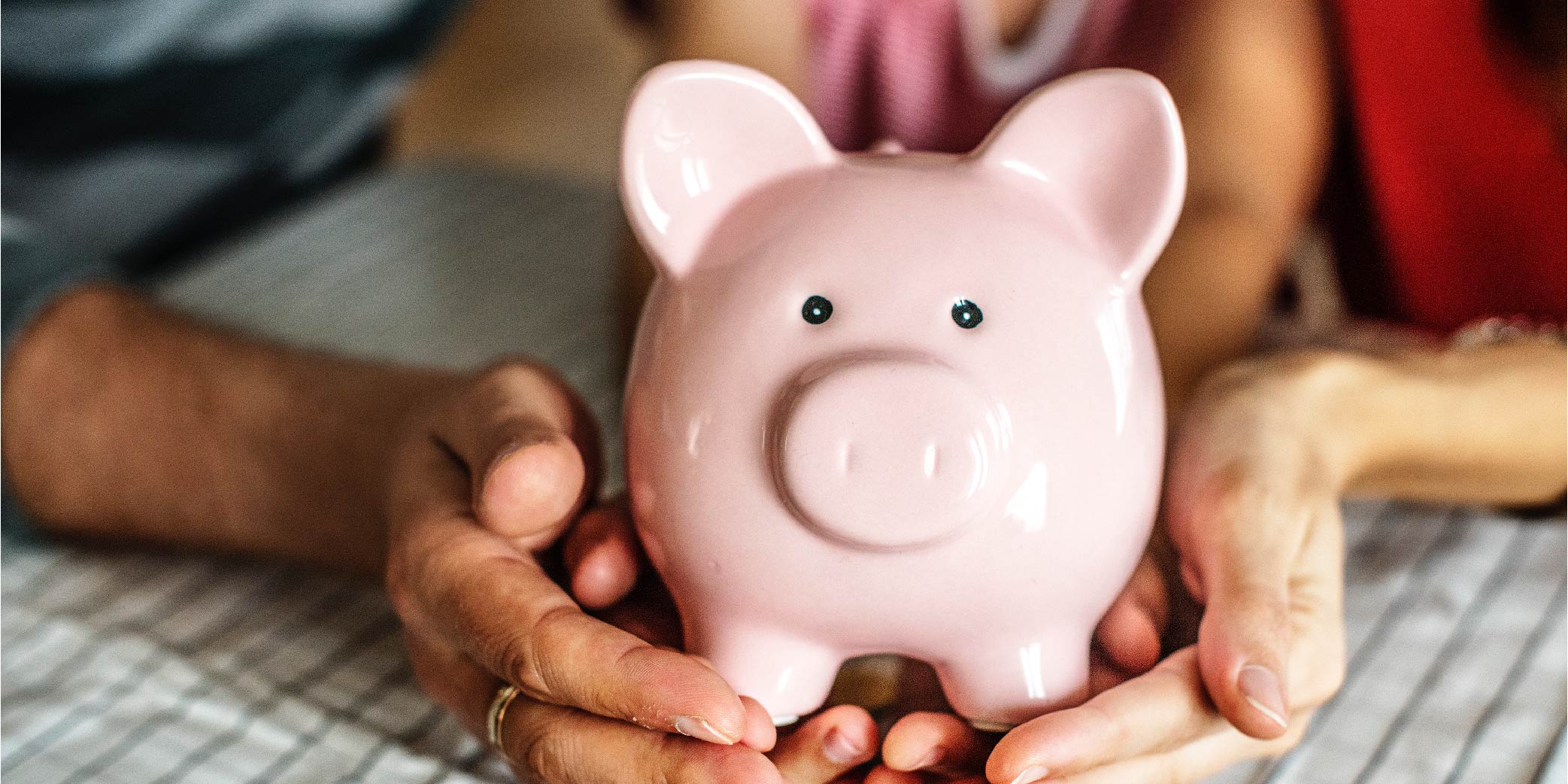Many families rely on insurance policies as protection against unforeseen circumstances, but unfortunately insurance can’t be purchased for every single thing that might go wrong financially. You absolutely need to have a stash of money set aside for a rainy day. The data shows that Canadians are woefully underprepared when it comes to setting aside emergency savings.
Half of all Canadians have less than $5,000 available for emergencies.
Not surprisingly, the generations that are most underprepared are those that are in the age group most likely to have young children. But how much money should you have set aside in emergency savings when you have kids? The answer: it depends.
It may go without saying, but how much you have saved should be directly proportional to what your life costs. Advising a family whose life costs $20,000 a month that they should shoot for an emergency savings target of $10k is as silly as telling someone whose life costs $2,000 a month that they need to have $100k in savings. Savings targets will very tremendously among Canadian families, and the “right” number basically comes down to recurring expenses and individual comfort levels.
Step one in figuring out what emergency savings amount is right for your family is adding up all of your monthly living expenses. Come up with two totals – one that represents all costs and another that reflects all essential costs. In the latter, you would strip out all the expenses that your family could live without. There is of course some subjectivity here. Some families may be willing to go down to one car in the face of a financial crisis, while others consider a second car to be non-negotiable.
Some may not be willing to bend on expenses involving children. Yes, those dance classes and recital costumes are expensive but the idea of depriving a child of that experience may be a non-starter. The point is for you and your family to identify what you would need on a monthly basis to be comfortable while weathering a financial storm.
Once you’ve tabulated those “essential” monthly expenses, you’ll need to figure out how many months of savings you want to bank. You’ll want to consider you and your spouse’s occupations and how easily you would be able to find new employment should you lose your jobs. A software developer or coder, for example, may have a much easier path to a new job than a history professor, for example. Three months of savings is the low end of the range and should be considered the bare minimum, particularly when you have a family to take care of. Six months is considered standard, but a year’s worth of living expenses offers real peace of mind.
This is not to say that amassing this amount of money is easy. It takes time and discipline to build your savings up to a comfortable amount. While you want to keep your emergency savings out of investments that you can’t easily liquidate, there are banks offering attractive interest rates around two percent which will help you reach your savings goals even faster.
Additionally, our government has set up a registered savings account (the TFSA) to further incentivize setting aside emergency savings. Yes, you’ll need to sacrifice what you want in the short term to hit your savings targets, but the peace of mind you’ll experience knowing that you’re covered will make it all worth it!


